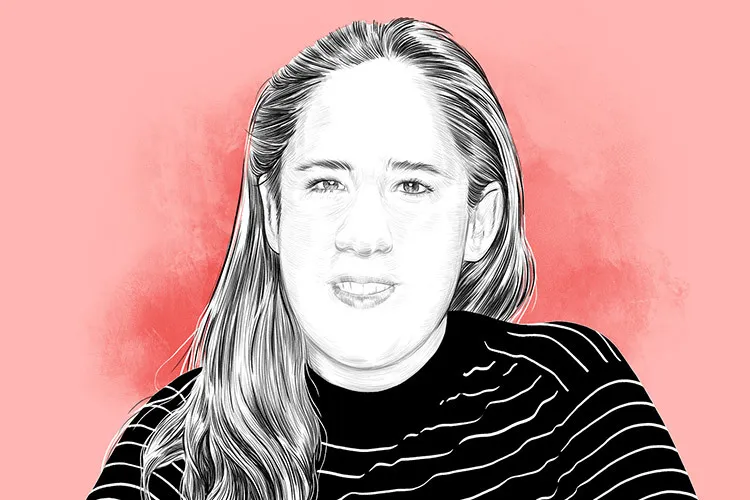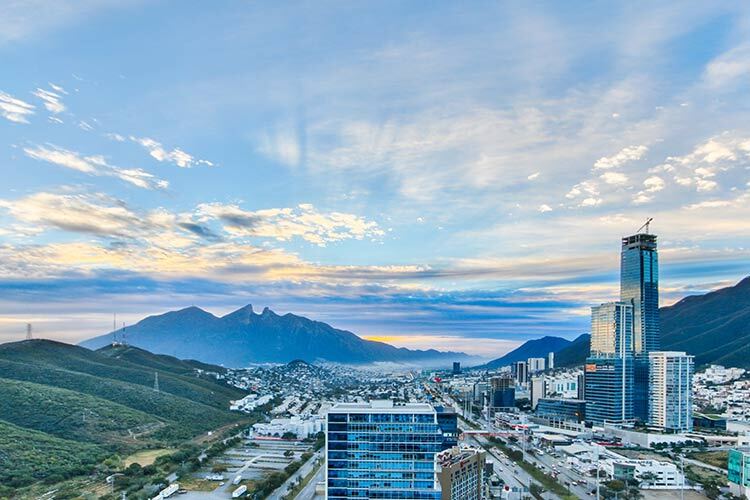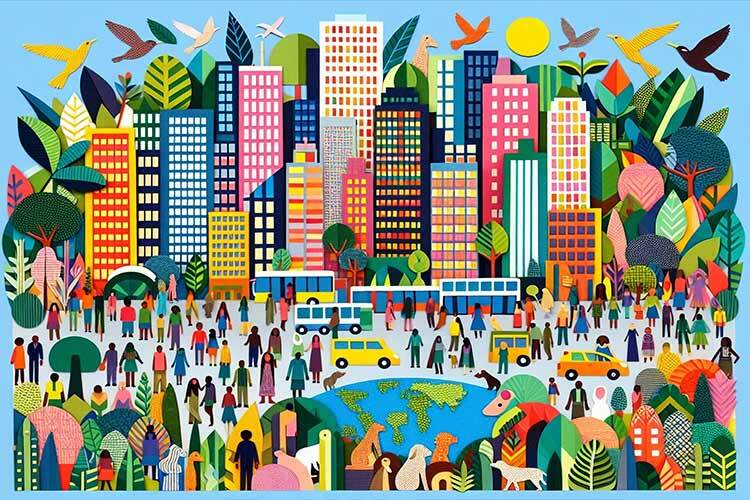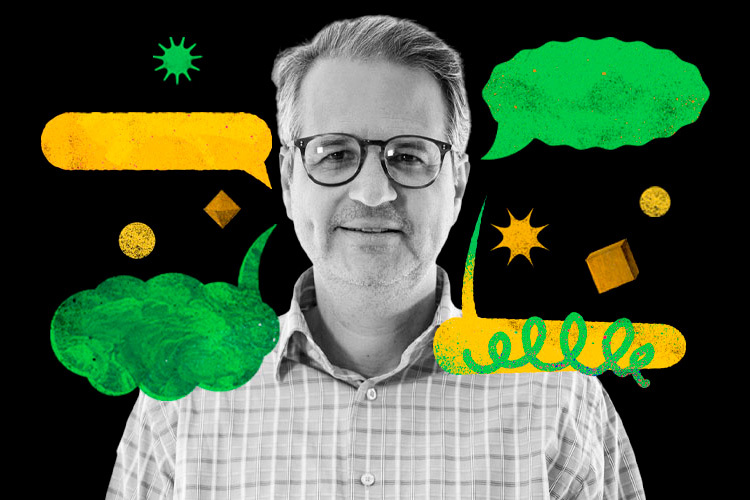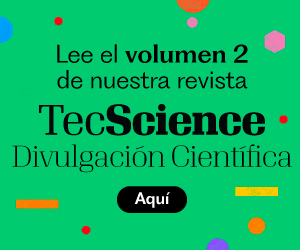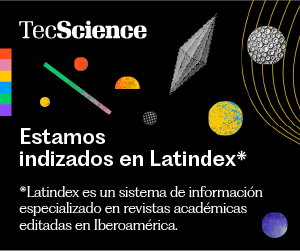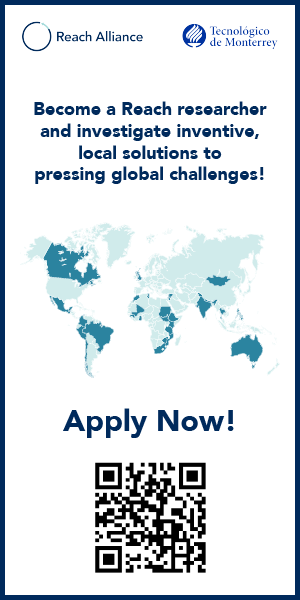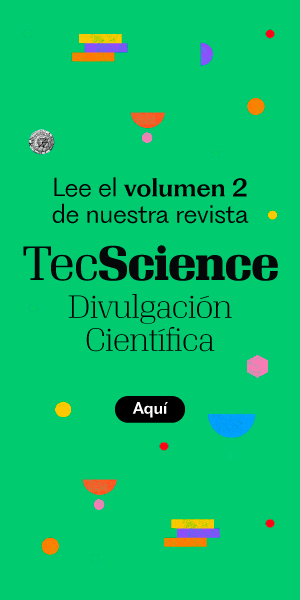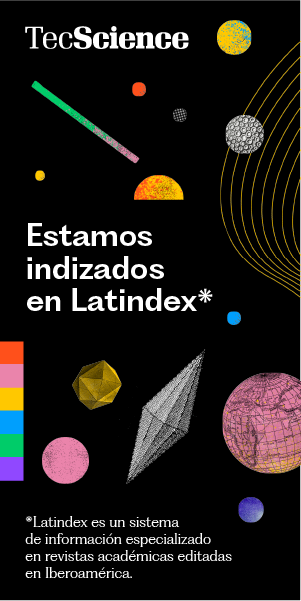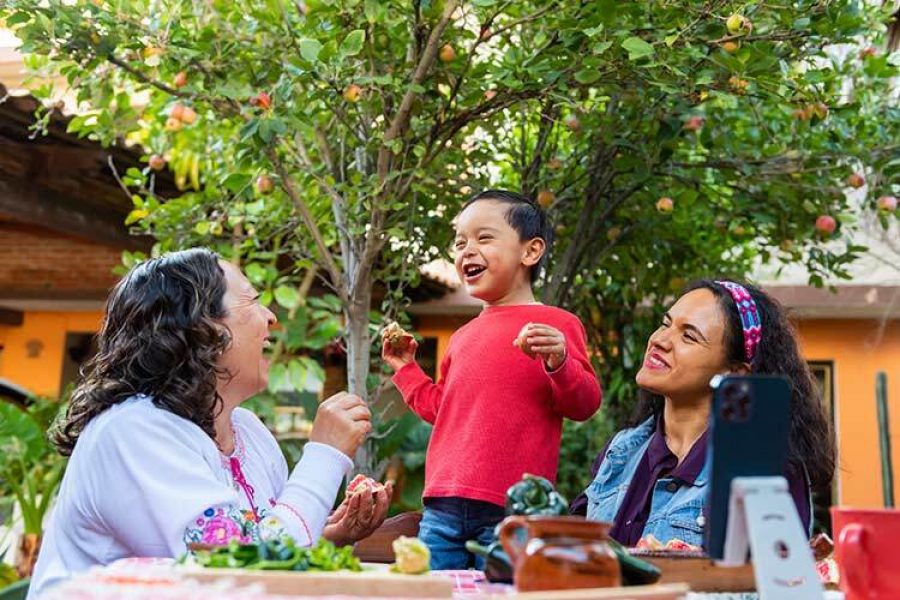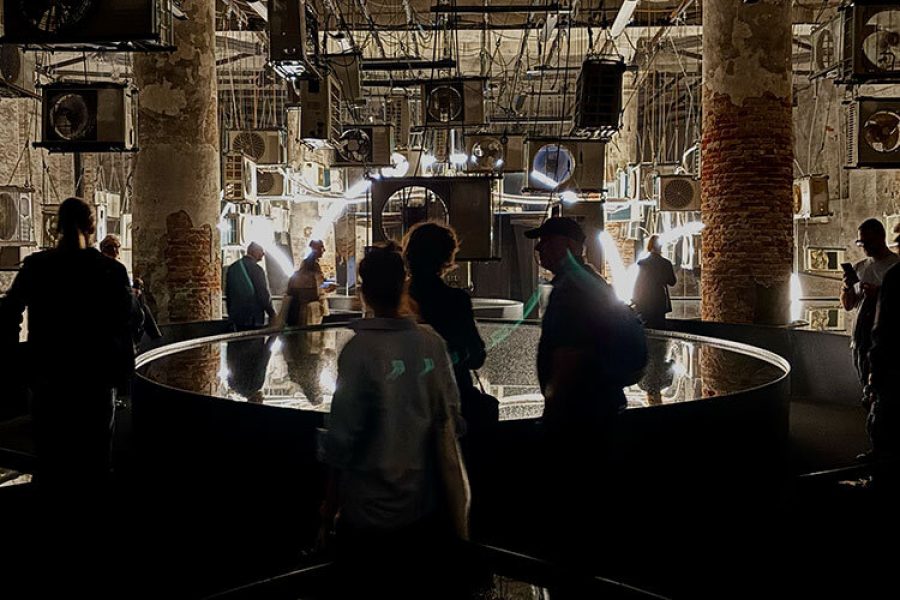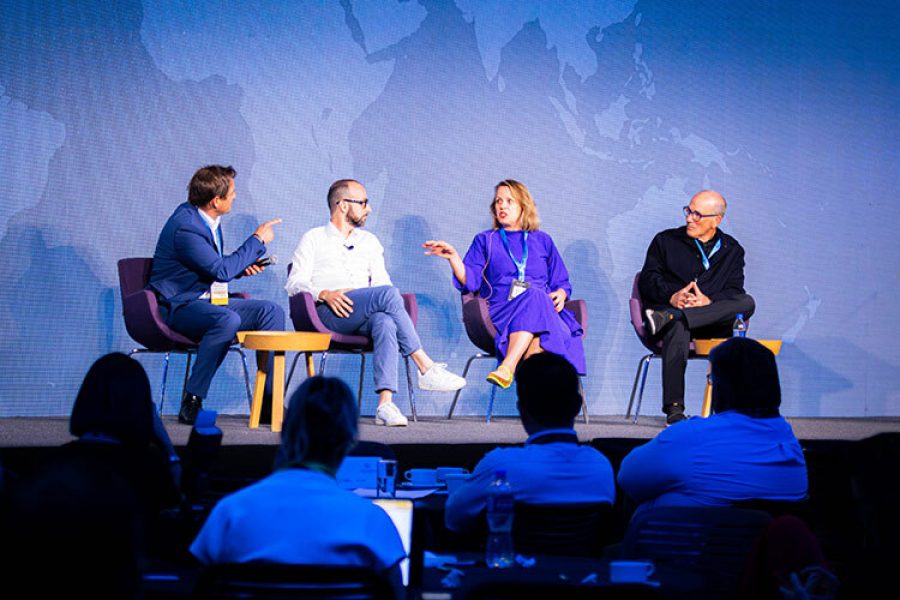In 2017, a group of researchers published an economic argument in favor of investing in early childhood education. The team, which included Nobel Prize winning economist James Heckamn, found that for each dollar that a person invests in the first five years of a child’s life, the return was $6.30.
The report, published by the National Bureau of Economic Research in Massachusetts, quantified the benefits from infancy to middle age of an educational program for kids ages one to five. Its focus was on education, but as Nélida Escobedo explains, there’s ample opportunities to invest in young kids.
“As societies, if we invest in making cities better for this group, in reality we’re working for the entire population,” says the researcher and professor of social urbanism for the Center for the Future of Cities.
This framework, backed up by decades of scientific research, is the engine behind Urban95 Academy, a program that helps local governments create strategies to support infancy in their cities.
The Center for the Future of Cities, in collaboration with the FEMSA Foundation, the London School of Economics Cities and the Van Leer Foundation, is offering the program for the first time in Spanish for cities in Latin America and the Caribbean.
Several studies have shown how important the first two years of life are in brain and cognitive development. By the time they’re five, a child’s brain has grown to 90 percent of its size. This is a stage with high levels of neural activity that won’t repeat later in life.
Because of this, Escobedo explains, it’s important for them to grow up in an environment that promotes brain activity through social connections and relationships. It’s not just about having kids in mind, but also the people who take care of and interact with them daily.
“These interactions happen at home, on the street, they happen in their neighborhood,” said Escobedo. “¿How can we create cities that acknowledge that those connections of care and attachment are necessary?”
How does the urban environment affect infancy?
One of the fundamental strategies in urban planning is building public spaces and parks for the first stages of life. But, that’s not all that can be done. With Urban95 Academy, local governments are invited to think holistically, considering not just the public spaces, but also access to medical and educational services, recreational spaces and fundamentally, building a sense of community at the neighborhood level.
Claudia Ledezma, project coordinator for the Center for the Future of Cities and one of the leads of the regional version of Urban95 Academy, shares one example of how kids in particular are affected by their urban surroundings.
Four years ago, the center led an activity where they asked boys and girls to draw what they liked and what they didn’t like about their neighborhoods. Several of them drew the sun. After doing site visits and walking around their communities, Ledezma and her team realized that those drawings referred to the lack of shade or trees to protect themselves from the sun.
“They are completely aware of what they’re suffering in their day to day and their commutes,” she said.
Challenges in Latin American cities
To prepare the pilot program of Urban95 Academy in Latin America, Ledezma and Escobedo aren’t just translating it to Spanish. They’re also adapting it to the obstacles that are specific to the region.
More than 81 percent of people in the region live in a city. Despite the fact that these cities are often the economic center of the country, income inequality has become a mainstay of these urban environments.
In the Monterrey metropolitan, for example, there are low-density areas with increasingly more housing far from the center of the city where there are jobs, says Escobedo.
Another characteristic of Latin American cities is the widespread presence of informal or auto produced housing like favelas, barrios de rancho or irregular settlements. These communities often lack proper lighting, safe drinking water, adequate drainage and other formal utilities.
All this and more contributes to a stressful environment for kids and the adults that care for them.
How to participate in Urban95 Academy
The program is completely free and is designed to be completed in various phases. Between 30 and 50 cities will participate in an online component that will take place between September and November 2025. Ten cities with the best strategies and projects developed will participate in a week-long residency in Mexico City, scheduled for January 26-30 2026.
This week will include classes, site visits, workshops and talks with local professors. Finally, the participating cities will receive technical assistance for six months to develop their strategies, projects or programs with help from technical experts.
The organizers have described the program as “an incubator for policy or agenda-setting strategies.”
The goal is not to directly implement those plans but to advise on the development of public policies and programs that respond to their specific challenges.
Applications are open until July 25 for teams of up to three people to apply online. It’s not a requirement to be a local government official. The applications are open to other organizations and urban planners who work with governments, but groups are required to submit a letter from a mayor or a government official who can confirm knowledge of the project or team.
Did you find this story interesting? Would you like to publish it? Contact our content editor to learn more at marianaleonm@tec.mx



